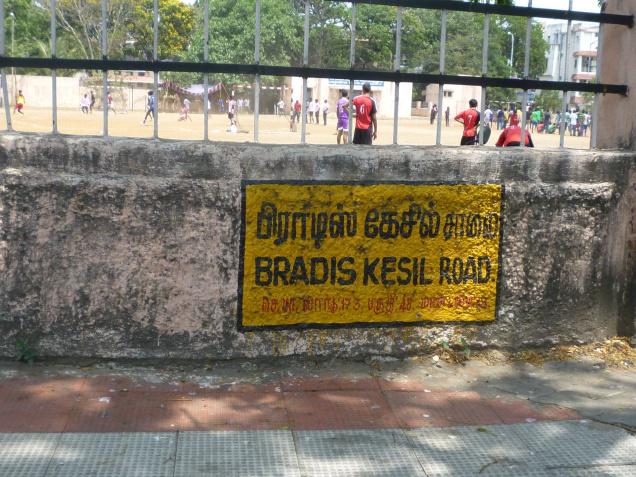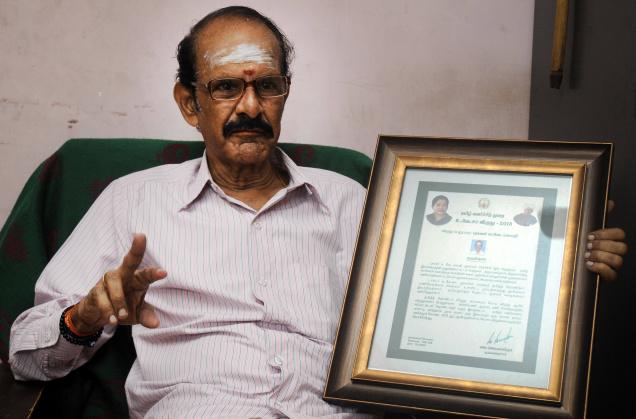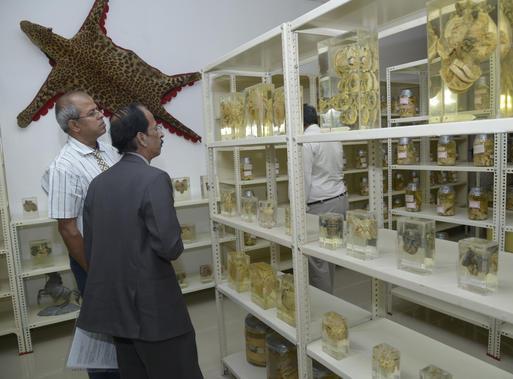Sujata Pai isn’t just a sari designer. She revamps them as well. Ask her why she finds it terribly exciting and she says it is like giving new life to an old treasure — especially for women who have plenty of unused saris in their cupboards. Brimming with innovative ideas, her aim is to make bridal saris which are wearable for all occasions. “It all started because of my wardrobe. I hardly took quite a few saris off the shelves. But after adding personal touches to make the sari look unique, I’ve loved wearing them,” she smiles.
With varied hues, Sujata’s label, ‘Ambi’ reflects her simple style with a range of fabrics like Chanderi, Benaras silk, georgettes, chiffons, organzas, tussar and Maheshwari. Woven withwith handpicked embroidery, patchwork and block prints, her designs are deeply entrenched in Indian culture. Sujata explains, “Whenever I come up with a sari design, I think to myself: ‘Imagine I’m going to wear it’. So, I put in extra care for each one.” Incidentally her range of garments also includes lehenga saris, salwars, anarkalis and skirts.
When it comes to the six yards of silk, minimalistic design has been Sujata’s mantra. “Previously saris were designed in a rigid manner, but now it takes more of an Indo-western avatar to attract young women,” she says. Using handwoven silk, the sari maker opines that traditional craftsmanship ought to be taken forward to the global market in an effective way. Going light weight and easy to drape is the way to do that, she says. “The panels are pre-stitched so you don’t even need to pleat the sari,” smiles the psychology graduate who has mastered the art of the weave without a degree in designing or textiles, but is inspired by Sabyasachi Mukherjee, Ritu Sharma, and Manish Malhotra
(For more details, contact: 9840778558)
source: http://www.newindianexpress.com / The New Indian Express / by Express Features – Chennai / May 02nd, 2013


